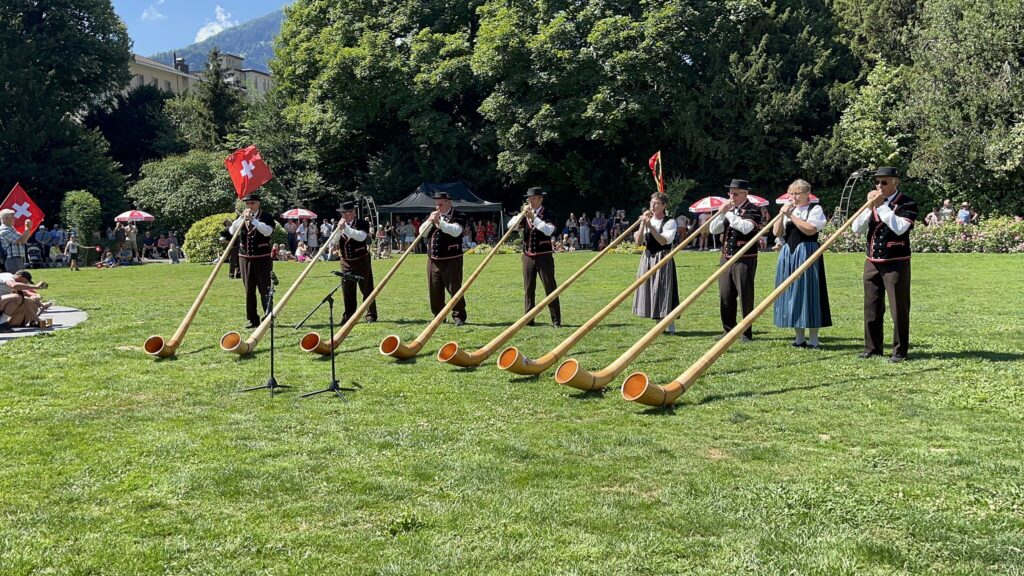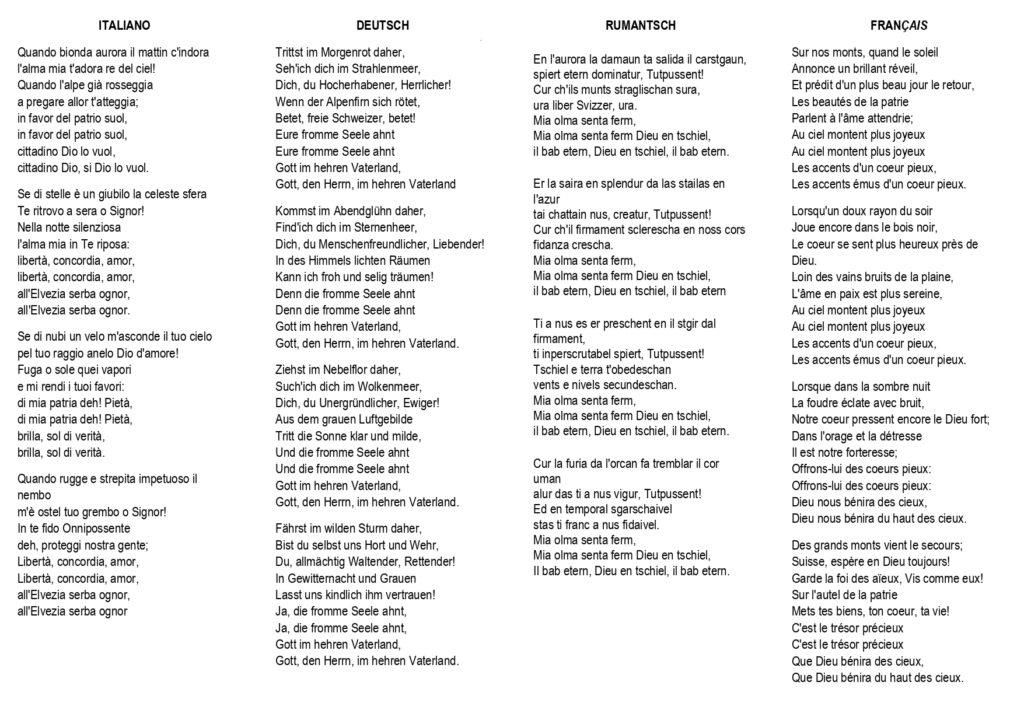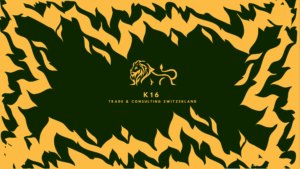August 1st Switzerland in Feast
Every August 1, Switzerland celebrates its National Day, an important commemoration of the birth of the Confederation in 1291.

A bit of history
National Day commemorates the Federal Pact of 1291, an agreement between the cantons of Uri, Schwyz and Unterwalden who promised each other assistance in the event of an external threat. According to legend, representatives of the three founding cantons, known as “The Three Confederates,” swore on the Rütli meadows above Lake Lucerne to free the country from Habsburg rule. This pact is considered the oldest constitutional act in Switzerland.
Over the centuries, Swiss history has been deeply influenced by the Protestant Reformation, led by Ulrich Zwingli in Zurich and John Calvin in Geneva. Today, the Confederation consists of 26 cantons, with Canton Jura, created in 1979, as the youngest.
National holiday for 30 years
August 1 did not officially become a public holiday in Switzerland until 30 years ago, thanks to a Sept. 26, 1993, vote that went into effect in the summer of 1994. Before then, it was up to the cantons to decide whether to consider August 1 a day of leave.
The popular initiative “For a National Holiday,” filed in 1990 by the Swiss Democrats (DS), was approved with 83.8 percent of the vote in 1994. Ticino was the canton with the highest support (93 percent). The proposal was supported by most parties, except the FDP, and received opposition from some business associations.
The celebration of August 1 had already been in use since 1899 with bells and bonfires, but only after the 1993 vote did the day officially become a national holiday.
Celebrations
National Day is marked by a series of events and traditions that reflect the country’s pride and unity:
- President’s Allocution: The president of the Confederation gives an address to the entire nation, while local and national politicians make speeches.
- Bonfires and Fireworks: Throughout Switzerland, bonfires are lit and fireworks are fired, celebrating light and freedom.
- Traditional Events: Children parade with lanterns decorated with the Swiss cross and their canton’s coat of arms. Parades with traditional costumes, yodeling choirs, alphorn players and flag-waving take place.
- William Tell performances: At some locations, the legendary story of William Tell, the hero of Swiss independence, is staged with the play written by Friedrich von Schiller in 1804.
- At 8 p.m., all the bells of Switzerland ring out in celebration.
National Anthem
The first Swiss national anthem was the “Rufst du, mein Vaterland,” written in 1811 by Johann Rudolf Wyss, and sung to the tune of the British anthem “God Save the Queen.” The current national anthem, the “Swiss Psalm,” was written in 1841 by Leonhard Widmer, with the melody by Alberich Zwyssig. Since 1961, the “Swiss Psalm” has been used in military and diplomatic circles, and in 1981 it officially became the national anthem by decree of the Federal Council. The text exists in all four national languages.

Most Suggestive Celebrations
- Rütli Meadow: The most iconic celebration takes place on the Rütli Meadow, where it all began. The event includes celebratory speeches and the singing of the national anthem. Access is by reservation.
- Rhine Falls: On July 31, after sunset, around 9:45 p.m., the Rheinfall (Rhine Falls) hosts a grand fireworks display called “Fire on the rocks.” The majestic waterfall will be illuminated in brilliant colors and accompanied by fireworks offering a unique and unforgettable show.
- Ascona: On July 31 at 10 p.m., the dancing fountain show is held, with water and light games synchronized to music. On August 1, the first show will be held at 9:45 p.m. and the second Rock show at 11 p.m. In addition, from 7 p.m. various artists will perform live music.
- Säntis: On the Säntis, on the border between the cantons of Appenzell Innerrhoden, Appenzell Ausserrhoden and St. Gallen, an 80×80-meter flag, considered the largest in the world, is hoisted.
- Basel: On July 31, Basel celebrates Swiss National Day with a grand fireworks display on the Rhine and about 100 stalls from 5 p.m. to 2 a.m.
- Bern: In the capital, the day begins with a collective breakfast on the Bundesplatz and a view of the Bern Collegiate Church, the country’s tallest church tower. The program includes a walk through the Erlacherhof garden and a yodel concert. The city offers a unique festival each year.
- Lugano: On the evening of August 1, the gulf of Lugano will be illuminated by more than 8,000 fireworks, which will last for half an hour. The Colombo brothers who are organizing the fireworks display have devised a patent of with biodegradable materials to limit the environmental impact. The waste that is dispersed into the air and the environment is mainly rice paper and small pieces of plastic, both of which are biodegradable. However, nearly 90 percent of the waste remains on the barge.
Swiss National Day is a celebration of unity and tradition, a time to reflect on the country’s history and identity while celebrating with pride and joy.






